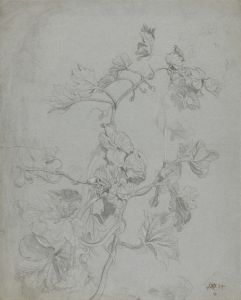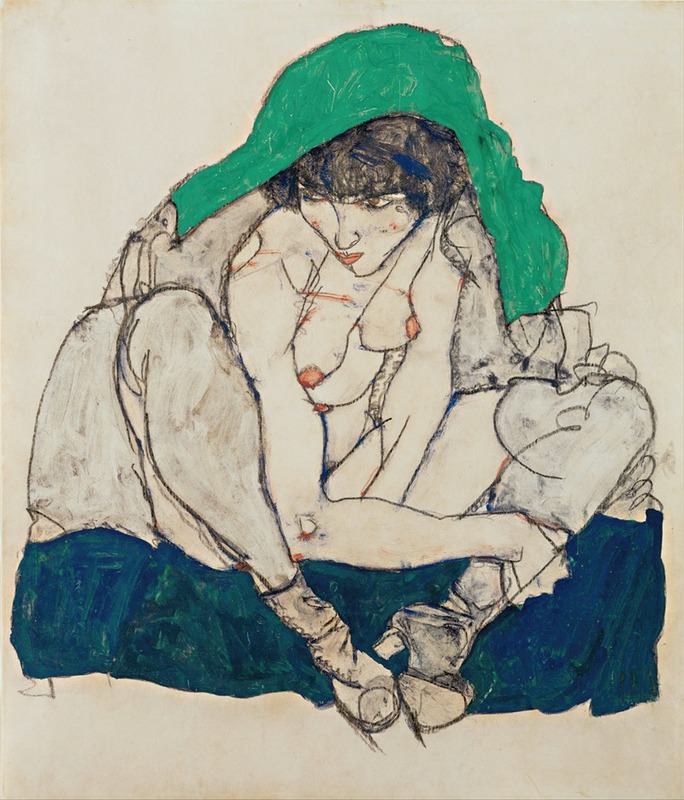
Crouching Woman with Green Headscarf
A hand-painted replica of Egon Schiele’s masterpiece Crouching Woman with Green Headscarf, meticulously crafted by professional artists to capture the true essence of the original. Each piece is created with museum-quality canvas and rare mineral pigments, carefully painted by experienced artists with delicate brushstrokes and rich, layered colors to perfectly recreate the texture of the original artwork. Unlike machine-printed reproductions, this hand-painted version brings the painting to life, infused with the artist’s emotions and skill in every stroke. Whether for personal collection or home decoration, it instantly elevates the artistic atmosphere of any space.
Egon Schiele, an Austrian painter known for his intense and raw expressionistic style, created "Crouching Woman with Green Headscarf" in 1914. Schiele, a protégé of Gustav Klimt, was a prominent figure in early 20th-century Austrian art, recognized for his distinctive approach to the human form and his exploration of themes such as sexuality, death, and self-identity.
"Crouching Woman with Green Headscarf" is a testament to Schiele's unique artistic vision and his ability to convey complex emotions through his work. The painting depicts a woman in a crouched position, her body contorted in a manner that is both provocative and introspective. The green headscarf she wears adds a striking contrast to the otherwise muted tones of her skin and clothing, drawing the viewer's attention to her face and the expression it bears.
Schiele's use of line and color in this work is characteristic of his style. His lines are bold and confident, outlining the woman's form with a precision that emphasizes her physicality and the tension in her pose. The color palette, while limited, is used effectively to highlight certain aspects of the composition, such as the green headscarf, which serves as a focal point.
The painting reflects Schiele's interest in the human body and his tendency to depict it in unconventional ways. Unlike the idealized forms often seen in traditional portraiture, Schiele's figures are raw and unfiltered, capturing a sense of vulnerability and authenticity. This approach was part of a broader movement in early 20th-century art that sought to break away from established norms and explore new ways of representing reality.
Schiele's work, including "Crouching Woman with Green Headscarf," was often controversial during his lifetime due to its explicit content and the artist's willingness to confront taboo subjects. Despite this, or perhaps because of it, his work gained significant attention and has continued to be celebrated for its emotional depth and innovative style.
The context of Schiele's life and the socio-political environment of early 20th-century Austria also play a role in understanding his work. The period was marked by significant upheaval and change, with the Austro-Hungarian Empire on the brink of collapse and World War I looming. Artists like Schiele were responding to these turbulent times, using their art to express the uncertainties and anxieties of the era.
Schiele's career was tragically cut short when he died in 1918 at the age of 28, a victim of the Spanish flu pandemic. Despite his brief career, he left behind a substantial body of work that continues to influence artists and captivate audiences today. "Crouching Woman with Green Headscarf" remains an important piece within his oeuvre, exemplifying his distinctive style and the themes that permeated his work.
Today, Schiele's paintings are held in high regard and are featured in major art collections around the world. His ability to capture the complexities of the human experience through his art ensures that his work remains relevant and impactful, resonating with viewers more than a century after it was created.





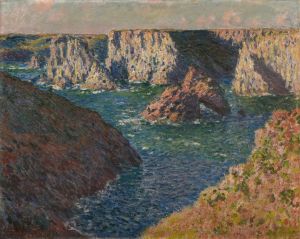
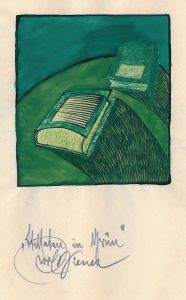
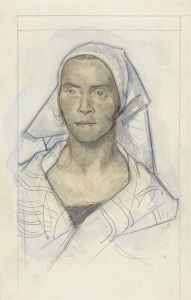
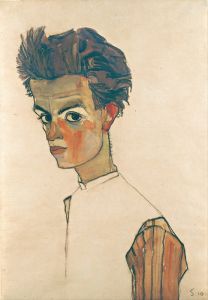
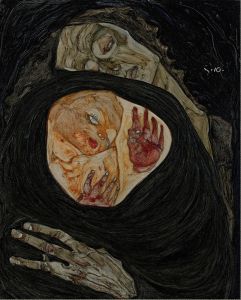
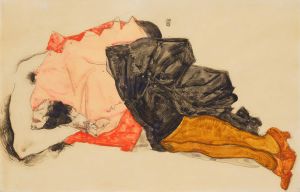
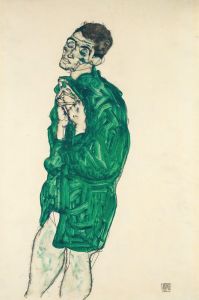
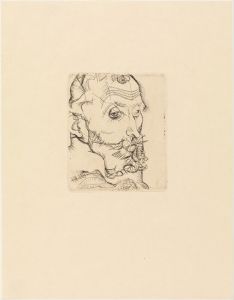
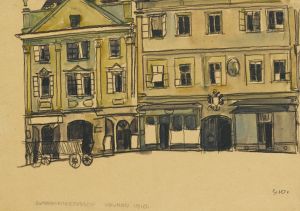
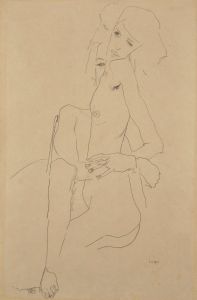
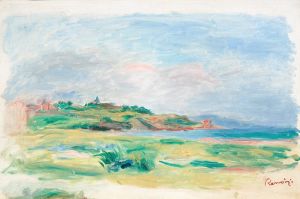
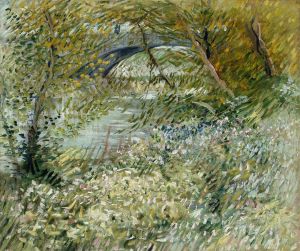
![[Interior design drawings for unidentified rooms.] [Sketch for room colored green and orange](/imgs/249269/s/winold-reiss-interior-design-drawings-for-unidentified-rooms-sketch-for-room-colored-green-and-orange-9a5c830b.jpg)
